How 'Companion' Turned Sophie Thatcher Into the "Perfect Girlfriend"
The writer/director, costume designer, and hair and makeup stylists behind the new sci-fi thriller break down Iris’s AI sex bot look.
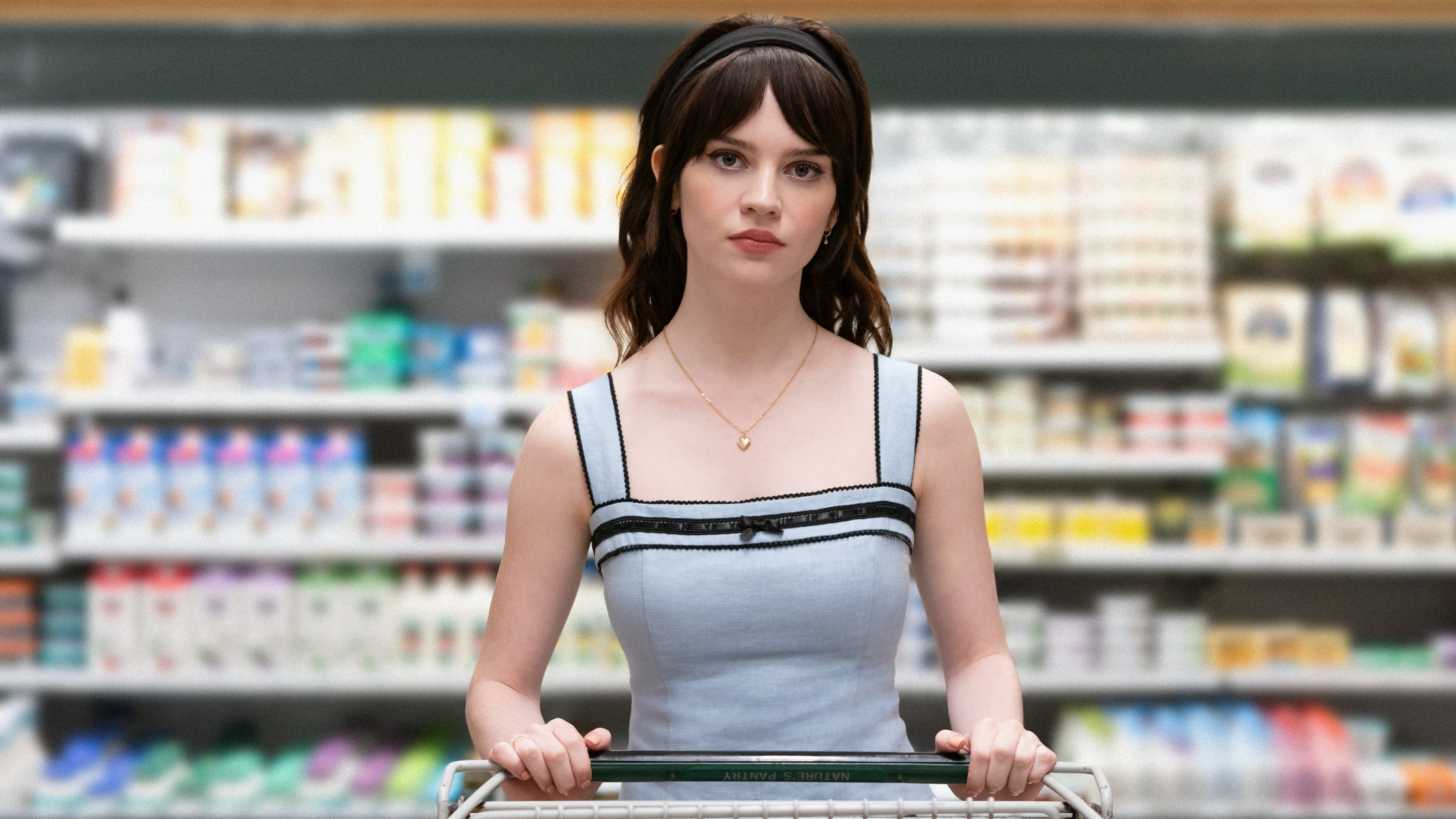
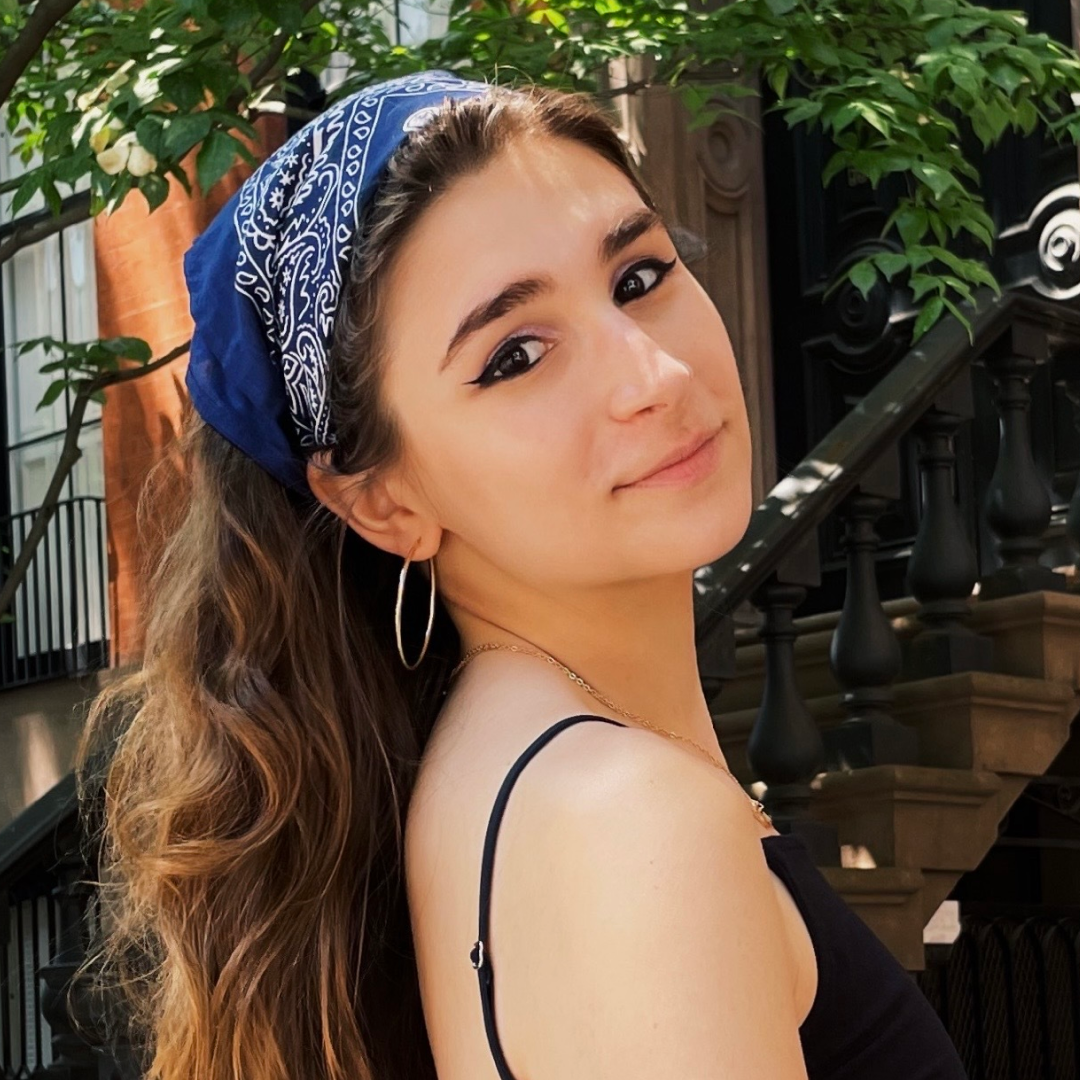
What if, just 15 years from now, you could design a robot partner tailored to your own perfect specifications? The new sci-fi thriller Companion ponders just that, taking what’s already our current reality—text exchanges with an AI boyfriend or girlfriend—to a dystopian extreme.
The film, written and directed by Drew Hancock, follows a human and robot couple’s weekend away turned disastrous. Jack Quaid’s character Josh has designed his dream girl in his “companion” Iris, played by Yellowjackets breakout Sophie Thatcher. She’s doting, happy-go-lucky, subservient, and pulled straight from the Stepford Wives—dressed modestly in A-lines, hair flawlessly coiffed. But as Iris comes to grips with her not-so-real reality in the film, it exposes Josh’s unrealistic expectations of women and his controlling nature.
Though Iris’s look is significant to the plot, it was not explicitly written in the screenplay. Hancock tells Marie Claire the final product was a “total collaboration” between Thatcher, costume designer Vanessa Porter, makeup designer Sasha Grossman, hair department head Joshua First, and himself.
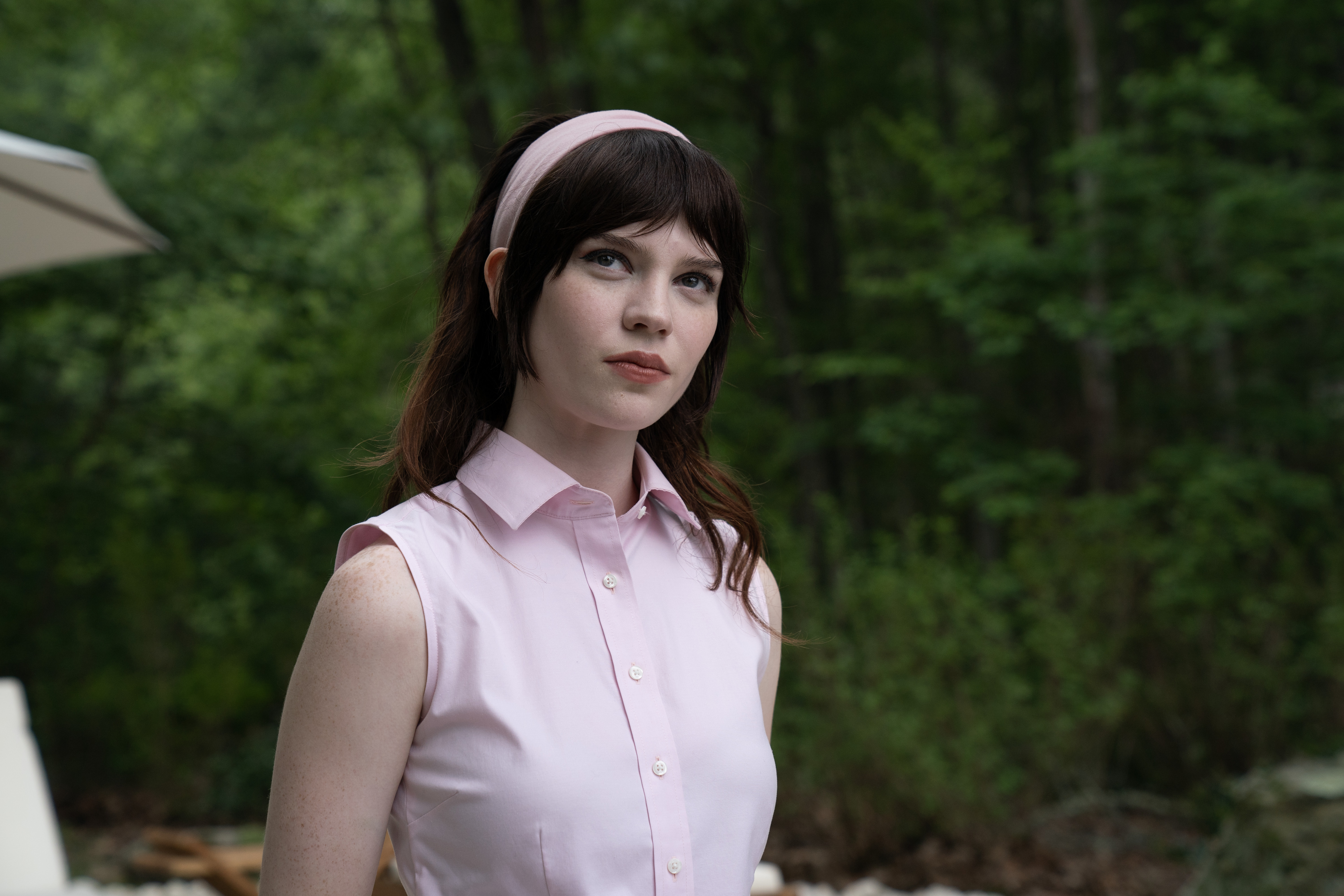
Iris (Sophie Thatcher) wears an all-pink ensemble and matching headband throughout much of Companion.
“What was interesting from a costume perspective about Iris is that she doesn't make any of her own decisions. A man has decided what she wears, her personality, what her hair is,” Hancock says. “Everything about her is dictated through the male gaze, which is really fun to play around with. There are a billion different iterations of what could be a man's idealized mate.”
They landed on an aesthetic inspired by ‘50s and early ‘60s fashion. But with the current political climate and rise of #trad culture on and off TikTok, Hancock says it’s not lost on him how prescient the film’s themes are (surprisingly, though, he began writing it four years ago). Overall, he sees the movie as “a cautionary tale.”
Before Companion hits theaters on January 31, Hancock, Porter, Grossman, and First broke down how they designed Thatcher’s character to look like “the perfect girlfriend,” from the mid-century icons they referenced to what was on their mood boards.
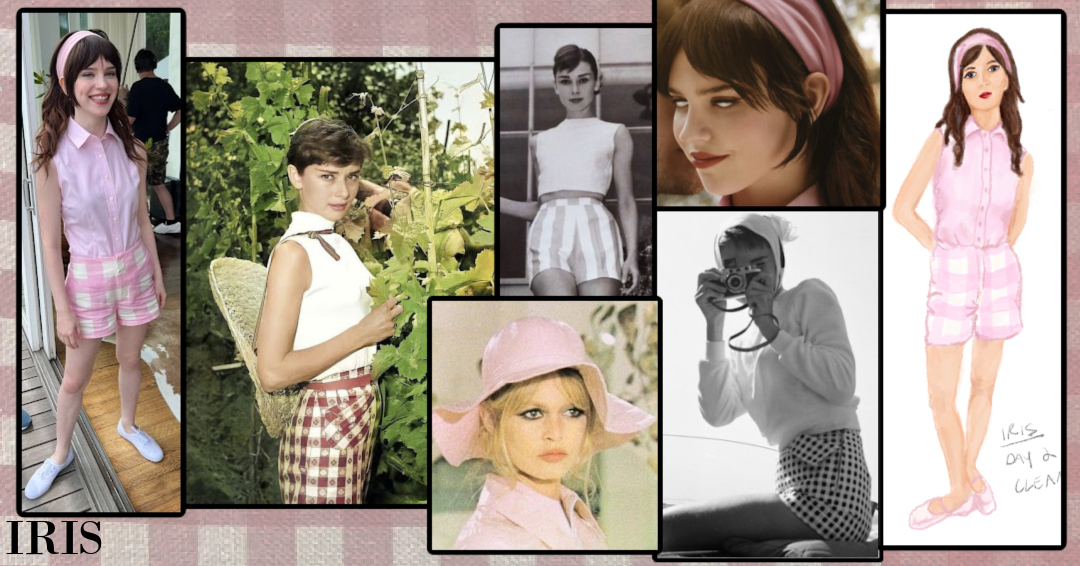
Costume designer Vanessa Porter's mood boards, including a behind-the-scenes photo of Thatcher.
Marie Claire: Was Iris’ ‘50s and ’60s-inspired look written into the screenplay or did the team develop it together?
Stay In The Know
Get exclusive access to fashion and beauty trends, hot-off-the-press celebrity news, and more.
Writer/director Drew Hancock: For Iris, the only description was ‘impossibly perfect skin,’ presenting this idea that she is a doll, but without saying that she's a doll.
Costume Designer Vanessa Porter: We came up with this idea that isn't explicitly said in the script or in the movie, but that there are basically different models you can buy from [the companion] company. So they sell maybe the ‘girl-next-door’ model, and Iris would be the ‘good girl’ model. Then it was like, ‘Oh, we should look back to the original version of this archetype.’
MC: Before you landed on the “good girl model,” what other ideas were you considering?
VP: It was always [Drew]’s idea that it would be this girl next door, sweet, demure thing. We were looking at more of this early 2000s archetype of little denim shorts. Britney Spears-y, but less sexual, was a possible direction.
DH: The Britney Spears thing, we tried a couple of outfits with Sophie. It just looked wrong and not wrong in a fun like, oh, this is commentary or this helps the story. It just was like, This does not look right. The French New Wave, ‘50s and ‘60s thing, that's Sophie. That's her style that fits so well with her. It also plays into this idea of The Stepford Wives, playing dress up. The outfits do look, not Barbie, but Barbie-ish. I can't take credit for any of that. That's all Vanessa and Sophie together, and just me saying, ‘Yeah, let’s keep going in that direction.’
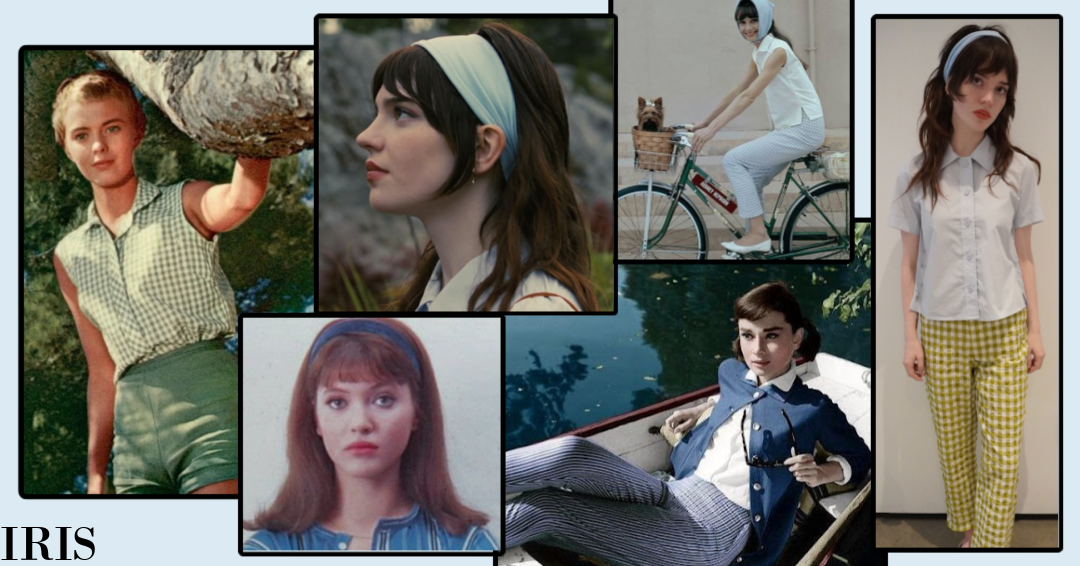
Thatcher in a wardrobe fitting, and other '60s fashion references used as inspiration for Iris.
MC: What reference points for the original good-girl archetype were you looking at?
VP: We were looking at a lot of Audrey Hepburn. There are some cool photos of her from a summer vacation in the ‘50s where she's in gingham and ballet flats and these mock neck turtleneck tank tops. The headbands are all a Brigitte Bardot nod—this French girl aesthetic. The color palette came from The Umbrellas of Cherbourg and the beginning of these romantic films. We wanted to use the costumes to set the expectation that this is a romantic, lighthearted movie that then we can subvert.
MC: Iris’s ‘50s-inspired look is interesting because Josh purchased her and programmed her to look that way.
VP: This character is so interesting because it's one of the first characters I've ever designed where the character doesn't choose their own clothes and her costumes are almost more reflective of his character than hers. It really speaks to his toxic masculine ideals of what a perfect woman is—this sort of trad version of a woman that dates back to an earlier time.
Makeup designer Sasha Grossman: I remember this light bulb moment when Vanessa was showing us photos and we saw [the outfit Iris wears in most of the film] and Joshua [in the hair department] and I got to then really riff on this idea of her look is also the gaze that is in Josh's eyes. So it's like, what would this man’s ideal person be? It was this cool opportunity to [nod to] to that antiquated expectation of the ‘50s and ‘60s, this housewife, and the idea of this man scrolling through and being able to choose that.
There are lots of moments where there are conflicts between Josh and [the other woman in the movie played by Megan Suri]. It made sense for him to design this version of womanhood that was in direct opposition to this other character.
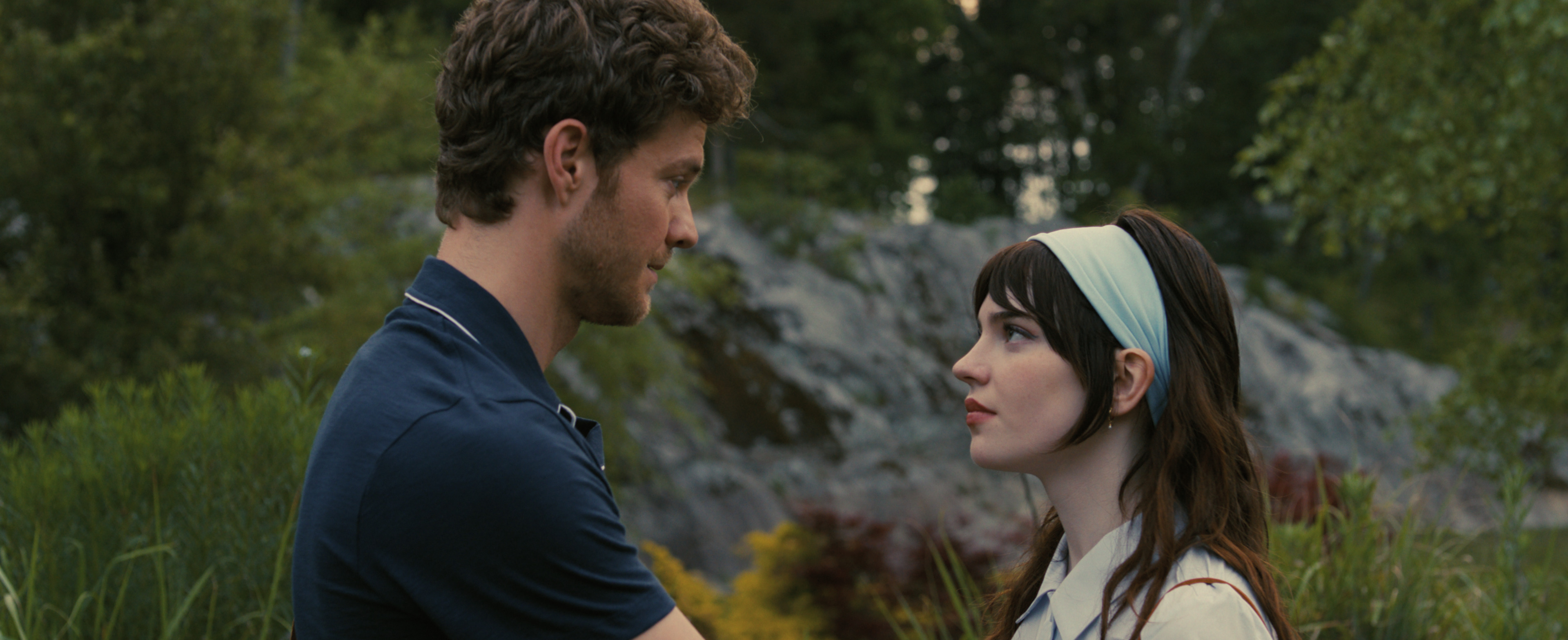
Nothing is as it seems during Josh (Jack Quaid) and Iris's (Thatcher) weekend away to his friend's cabin.
MC: Drew, the movie is about relationship dynamics, but a lot of that, which filters down to how Josh programmed Iris to look, is about toxic masculinity. Were you thinking about that in the writing process or did that come along the way?
Writer/director Drew Hancock: A little bit of both. I didn't want to make a preachy movie that was about like, ‘Oh, toxic masculinity is wrong.’ I don't think anyone is surprised that that's a thing. And I know that being a man, I'm not really the person to tell that version of the story.
[In Companion], you're existing in a world that it's a near future, but it's not today. It's 15 years from today, and it's a world where this technology is already a part of it. This isn't the iPhone 1, it's the sixth or seventh-generation Iris. So it's a society used to interacting with robots that look like human beings. The question of who Josh is becomes well, what would that do to someone if their phone looked like a human being? How would they, not only treat their phone, but how would they treat all other human beings? So it's not just about him being an evil man who wants to suppress women. He's a guy who objectifies everyone. He's a guy that isn't capable of empathizing with human beings anymore.
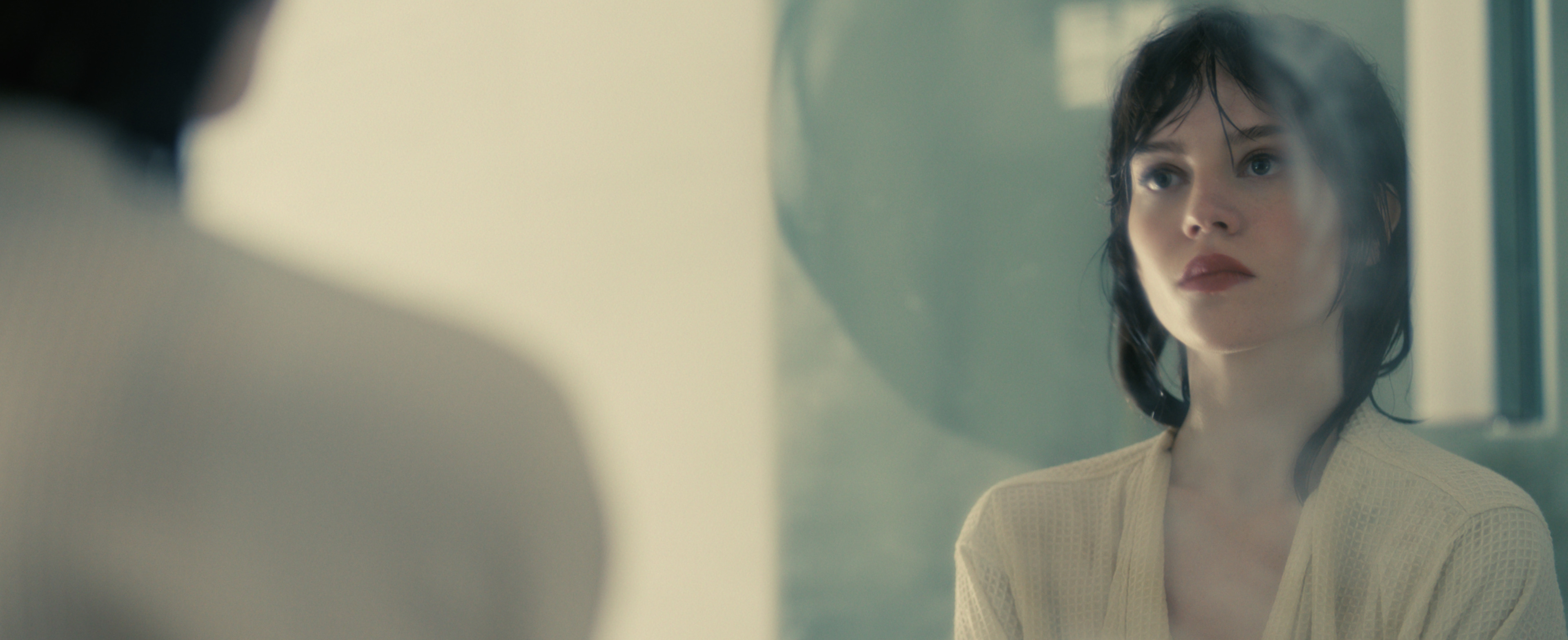
Hancock says it was a breakthrough on set when Grossman suggested Iris's makeup should never run or smear.
MC: How much were you thinking about playing with artificiality versus realism in Iris’s look?
SG: A conversation came up early on with Drew where I was like, ‘Listen, she's going to get in the shower. I feel like we can play with her makeup because we're going to see her face in the shower. [Her makeup] shouldn't move. We call it ‘the Barbie face.’ It's a stamp. It never comes off. It never changes because that's also what Josh would want. He just wants her to already be like this every single day—this feline flick [eyeliner] and perfect, pouty, bright lips and matte skin.
Another movie where someone just looks perfect all the time, even when they wake up, it's not believable. But on this movie, it was a hint to the reveal. It was the same thing with the hair. She gets it all wet and then she gets out and it's already starting to be what you wish your hair looked like all the time.
DH: That was one of the benefits of shooting sequentially. It was early on enough that now you can go, ‘Oh, my gosh, when she's running through the woods, she never sweats. Her makeup never smears.’ That's one of those things that you would think is intentional, but it's something you have to discover. And as long as you're open to ideas that enrich and enliven the story, then, yes, it all feels like it was meant to be.
You want these costumes to be giving the feeling of a repressed person.
Vanessa Porter
VP: Her looks are very matched. The headband is matched to the shirt [her shorts are] matched to the shoe, which is something that lends artificiality. People don't generally do that, but we were trying to blur the lines.
It is a trend right now to have those headbands and to have these cutesy, doll-core looks. So the fact that it's also believable that these might be a regular person's clothes is part of the blending of artificiality and reality that the movie plays with.
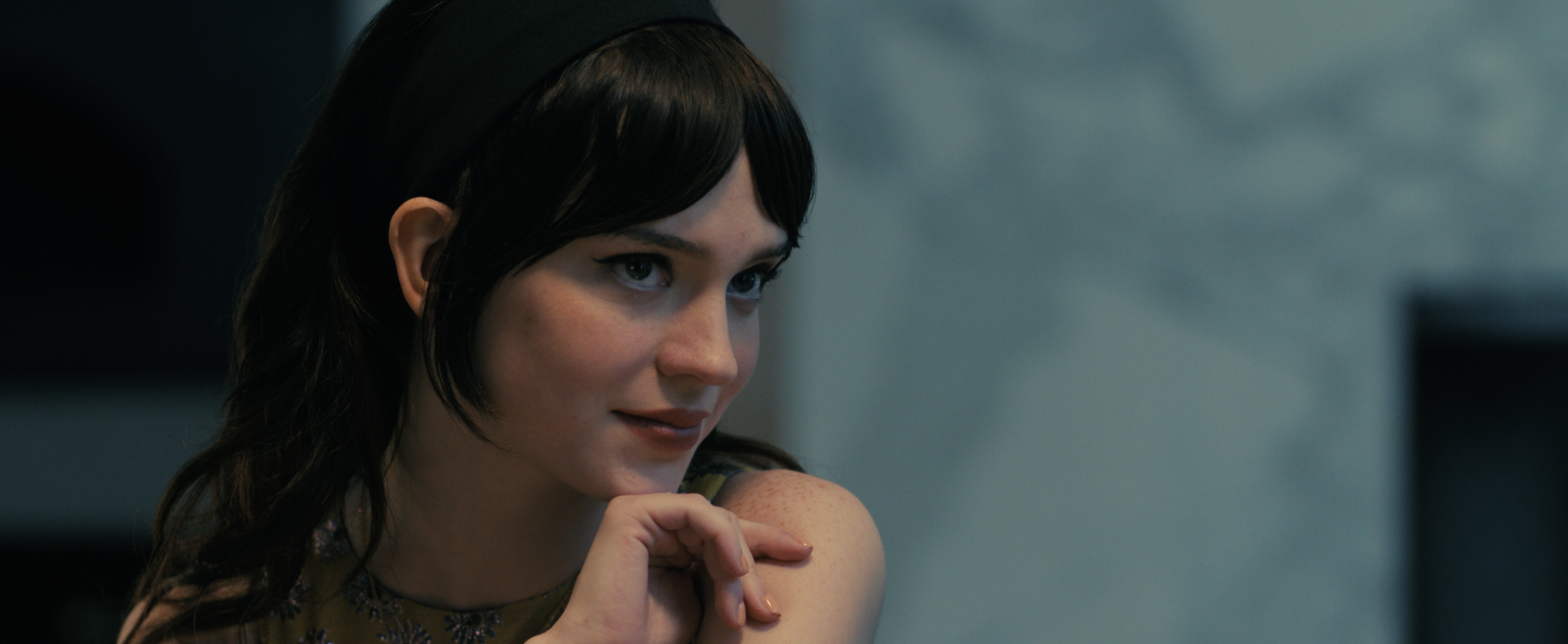
Thatcher's bangs and winged eyeliner remain fixed throughout the film.
MC: Did you research what sex bots on the market look like for inspiration?
Hair Department Head Joshua First: 100 percent. I found a lot of the typical sexy, wavy hair. You weren't really finding [period-inspired looks] in my research… at least I didn't delve down into that part of the dark web. It was what you would think you would find: big bouncy waves. So I was like, okay, we got to get more creative with this.
SG: Same for me. It’s about the very impossibly smooth skin. With Sophie, she's got these amazing freckles, which I was like that would be something Josh would [program] ‘yes.’ He would want that bumped up. I imagine it's on a little toggle thing, and you can decide how much or how little.
One thing I did ask Drew about was like, ‘We can do one of two things: Either she can have matte, flawless skin, or it can be impossibly glowy, but either way, it shouldn't be an in-between. It should be the lack of shine or very intentional shine.’ We settled on lack of shine; we wanted it to look very much like the Barbie face.
Everything about her is dictated through the male gaze.
Drew Hancock
MC: What products were you using?
JF: Oribe.
SG: ILIA cat eyeliner and felt tip liner. I used both of them to create the flick liner. I love the felt tip line, and it stayed in the shower. That was not a reset. It did not come off.
We used a combination on her lip, too: It was ILIA Tint Hydrating Lip Balm in Runaway and Hold Me blended. And I find that anything, especially for the lips, to have it be a tinted chapstick. It's not going to look like lipstick. It's going to look like your lips, but with that poutiness, and it's going to keep you hydrated.
MC: Where did you source the pieces in Iris’s wardrobe?
VP: We shopped at a few of the French girl aesthetic brands. Ciao Lucia made a couple of the pieces. We also shopped at Brooks Brothers. We got it into our mind that we wanted to have this A-line, ‘50s buttoned-up dress, so we set out looking for that silhouette and fabric dress, and Brooks Brothers is who made it.
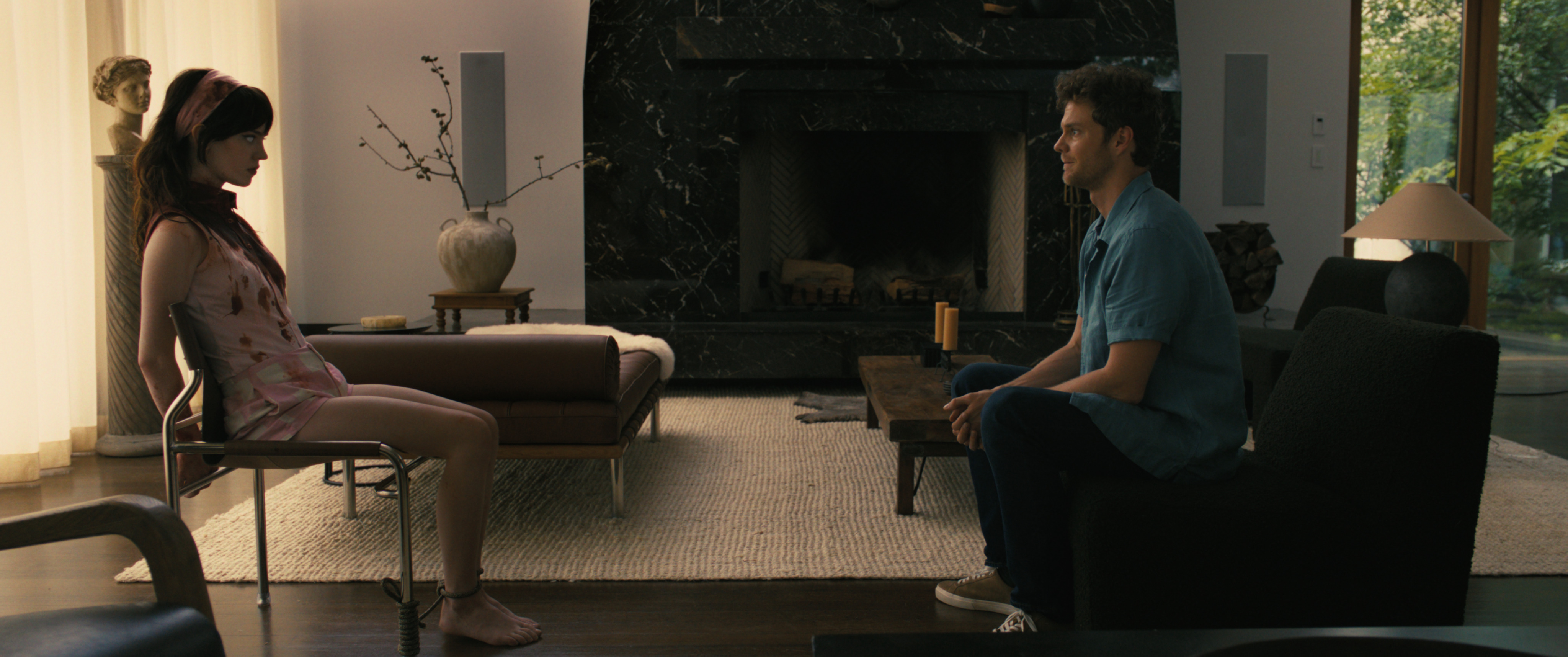
Porter was able to "subvert" Iris's conservative style as it gets increasingly trashed in the film.
MC: How did you decide on the look that gets trashed throughout the movie?
VP: There are certain practical aspects where we could see blood and dirt blend into that pastel color. But I think that gingham is very iconically that trad, feminine look.
MC: Was there a specific piece that you sourced that when you found it, felt like it really made the look come together?
VP: The headbands became a really iconic thing for us as this call back to Brigitte Bardot and this other kind of sexuality and this doll-ness without hitting it too hard.
MC: Sophie’s bangs always look incredible but are so fitting for Iris. What was it like coming up with her hairstyle for the movie?
JF: We didn't have a ton of lead-in time to really discuss looks with her specifically. Sophie has this magical way of fixing her own bangs to lay—I can't figure it out. We'd be sitting there and I'd be like, ‘Can you just do this?’ So she created the bang look. And then the headbands solidified that. And then when she cuts her arm open, [somebody suggested], ‘Maybe she wraps her arm in the headband,’ and then it got to be a little more playful.
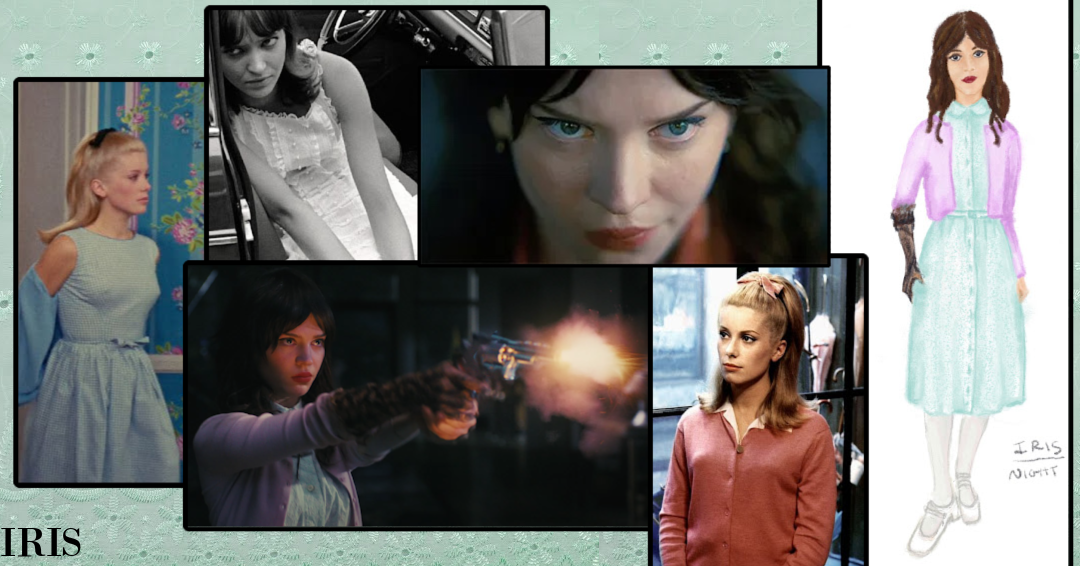
Porter and Thatcher were inspired by '60s icons like Audrey Hepburn, Anna Korina, and Catherine Deneuve.
MC: What was it like collaborating with Sophie on Iris’s look?
VP: She’s just very excitable in a really playful and fun way, and she loves this kind of fashion. She made a whole little mood board too, and shared that. Some of it went a little bit darker, and we upped it into a more playful place to set this expectation of the romance.
MC: What was on Sophie’s mood board?
VP: [I think] some Courtney Love. Anna Karina was big on there. She had a bunch of French New Wave stuff that was just a little bit more emo than the more upbeat direction that we ended up going. But all really fun stuff that was a huge catalyst for the design.
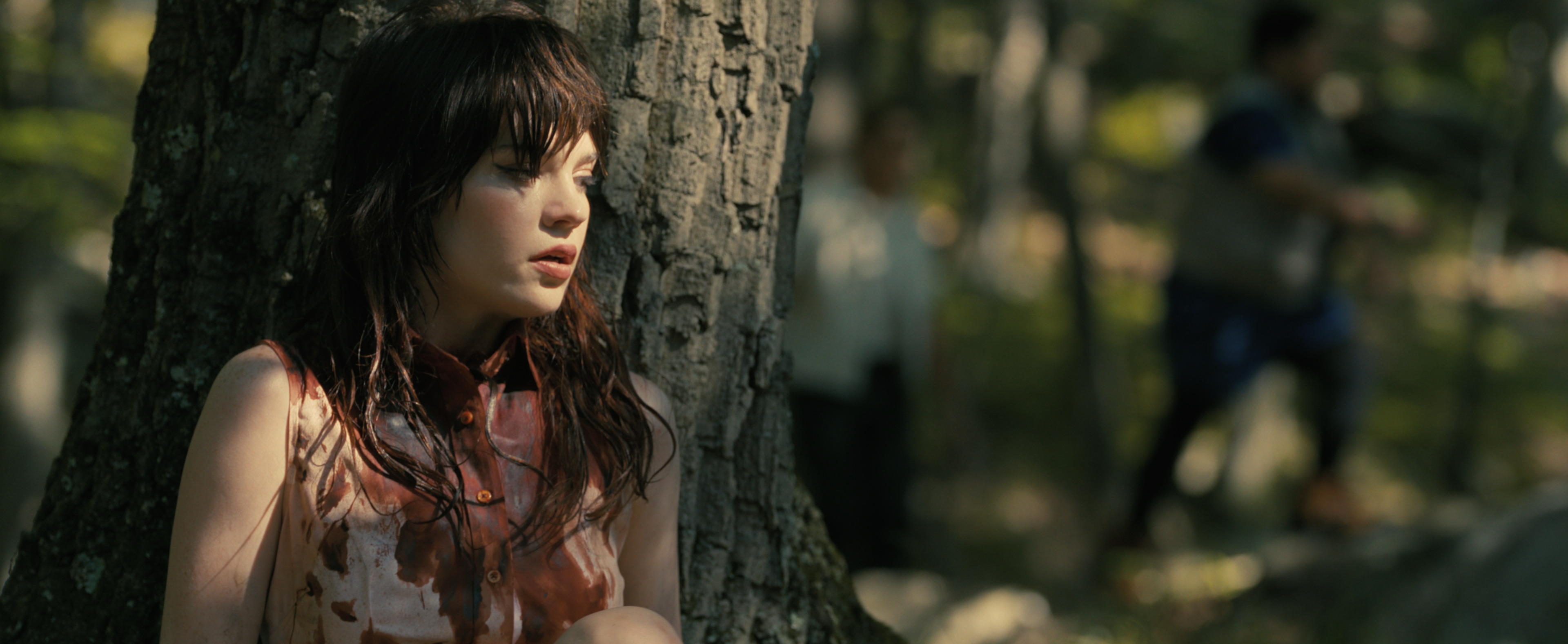
MC: With bows and girl-ish clothes like Iris’s being in, there’s a bit of debate about whether the fashion trends are regressive or subversive. What do you think about the difference between that look in reality versus what you’re doing in Companion?
VP: You want these costumes to be giving the feeling of a repressed person. We wanted to not like these costumes and like them at the same time. You want to feel like they are repressive and they're from a pastime, and you don't want women to go back to that time, but you also want to think it's kind of cute. That's what the costumes are doing in the film. As far as in wider culture, a lot of the times where these bows and demure, cutesy things are being used, it’s part of a commentary. I feel like Sabrina Carpenter is doing a little bit of a commentary. I feel like it is part of a conversation more than just leaning in. But then you look at TikTok at some trad wife and it's some of the same stuff, but it's not being used in that way. I think fashion takes different forms depending on who's employing it.
This interview has been edited and condensed for clarity.

Sadie Bell is the Senior Culture Editor at Marie Claire, where she edits, writes, and helps to ideate stories across movies, TV, books, and music, from interviews with talent to pop culture features and trend stories. She has a passion for uplifting rising stars, and a special interest in cult-classic movies, emerging arts scenes, and music. She has over eight years of experience covering pop culture and her byline has appeared in Billboard, Interview Magazine, NYLON, PEOPLE, Rolling Stone, Thrillist and other outlets.
-
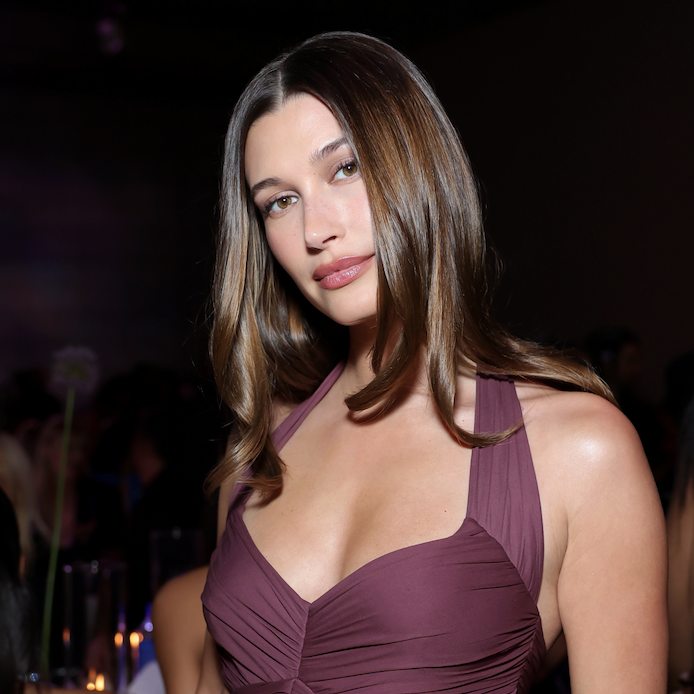 Hailey Bieber's Bandage Dress Looks Straight Out of 2008
Hailey Bieber's Bandage Dress Looks Straight Out of 2008Is this dress a recession indicator?
By Kelsey Stiegman Published
-
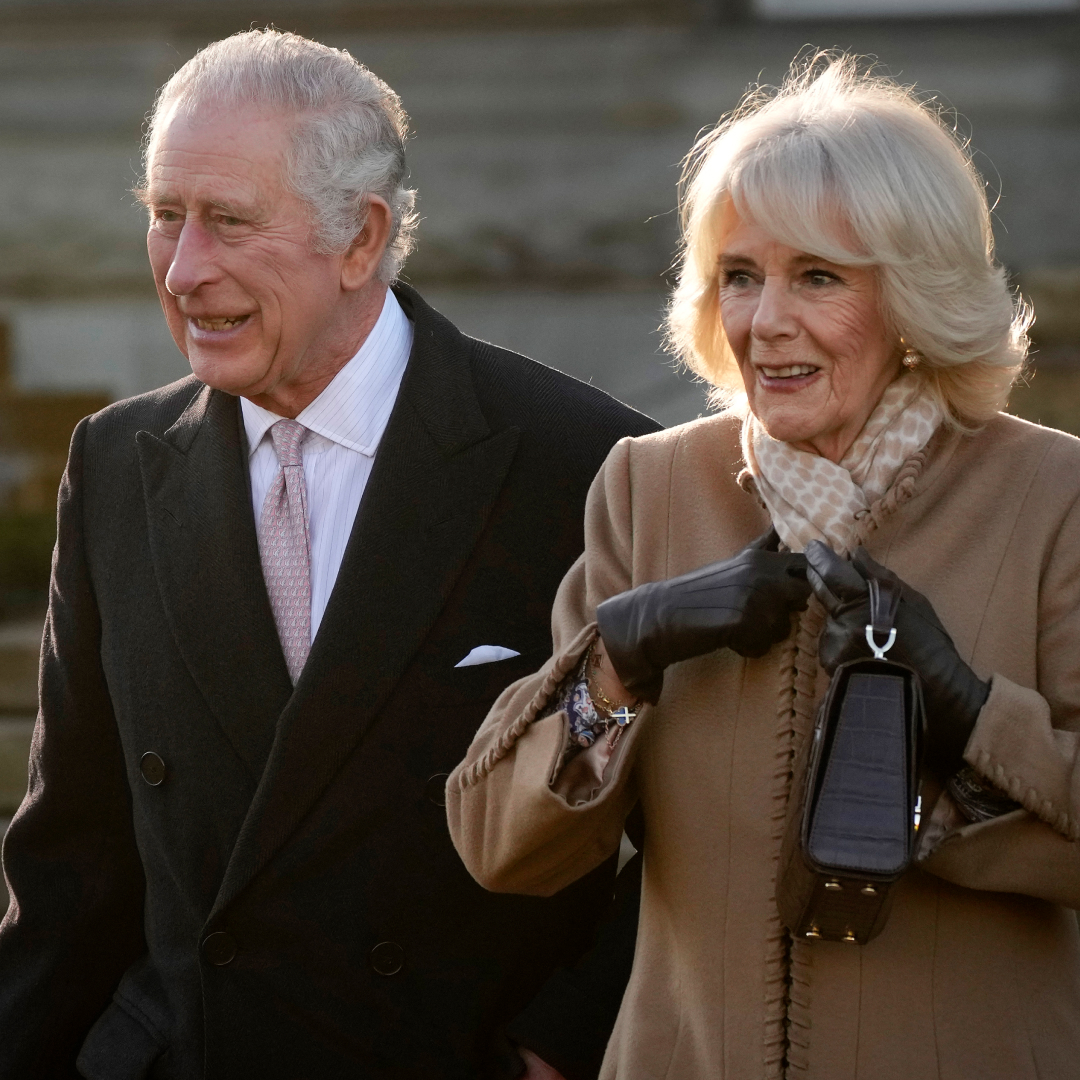 Former Butler Reveals the "Extraordinary" Gesture King Charles Made to Him on His Wedding Day
Former Butler Reveals the "Extraordinary" Gesture King Charles Made to Him on His Wedding Day"You pinch yourself, thinking, 'I can't believe this.'"
By Kristin Contino Published
-
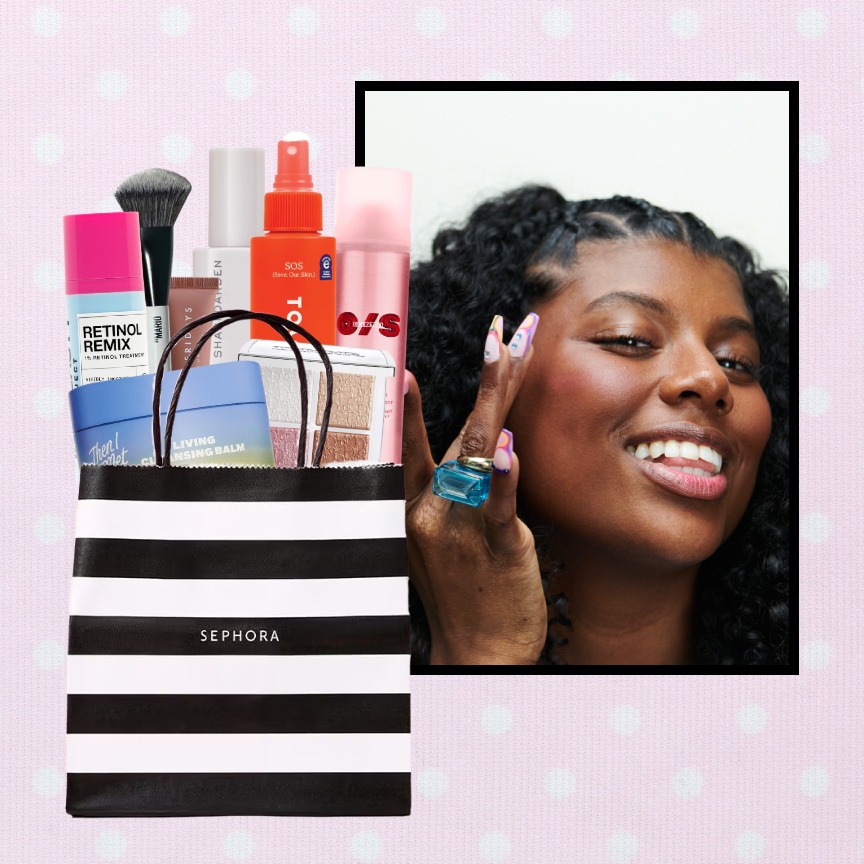 I'm Tossing My Luxury Beauty Products for These Under $50 Sephora Sale Finds
I'm Tossing My Luxury Beauty Products for These Under $50 Sephora Sale FindsHigh performance at a low price.
By Siena Gagliano Published
-
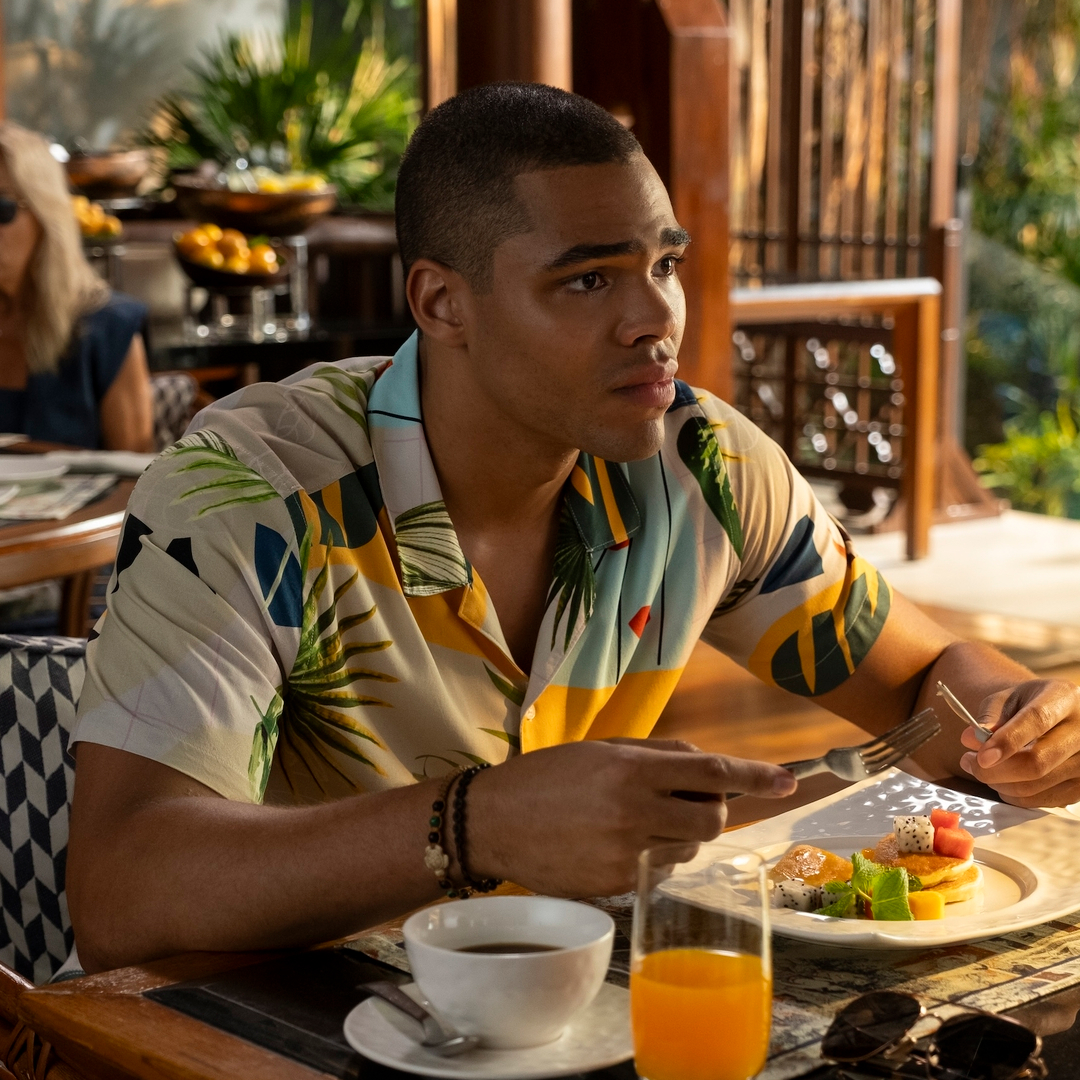 Meet Nicholas Duvernay, the Actor Who Plays Zion in 'The White Lotus' Season 3
Meet Nicholas Duvernay, the Actor Who Plays Zion in 'The White Lotus' Season 3We can't stop thinking about his scene-stealing performance in the finale.
By Quinci LeGardye Published
-
 'The White Lotus' Season 4: Everything We Know
'The White Lotus' Season 4: Everything We KnowCreator Mike White has already started teasing where the next installment will be set—and who might be back.
By Quinci LeGardye Published
-
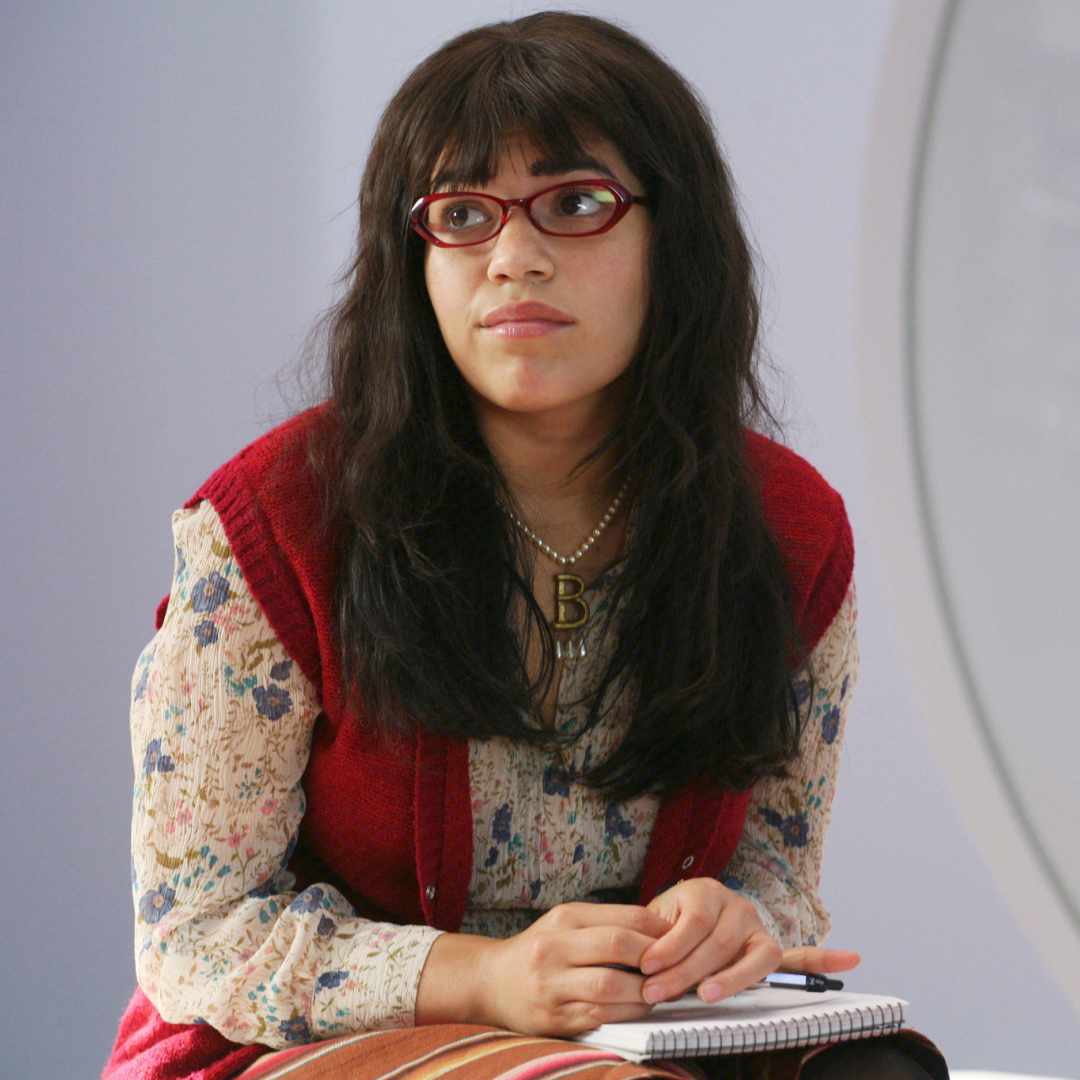 The Best Workplace TV Shows of All Time
The Best Workplace TV Shows of All TimeFrom iconic sitcoms to award-winning dramas.
By Iris Goldsztajn Published
-
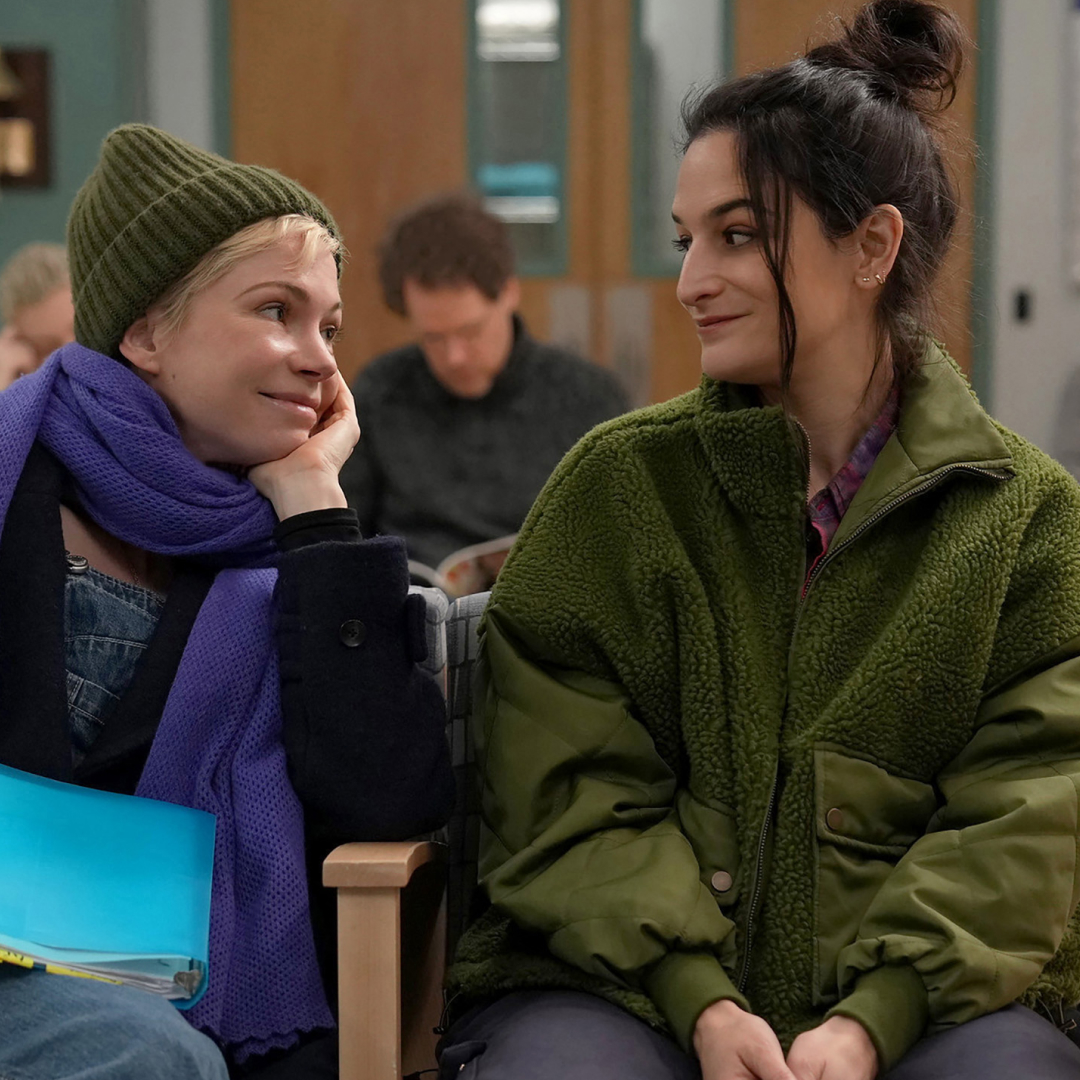 'Dying for Sex' Brought Jenny Slate to Life
'Dying for Sex' Brought Jenny Slate to LifeThe actress shares why playing Nikki in FX on Hulu's female friendship dramedy has felt like a life-changing part.
By Sadie Bell Published
-
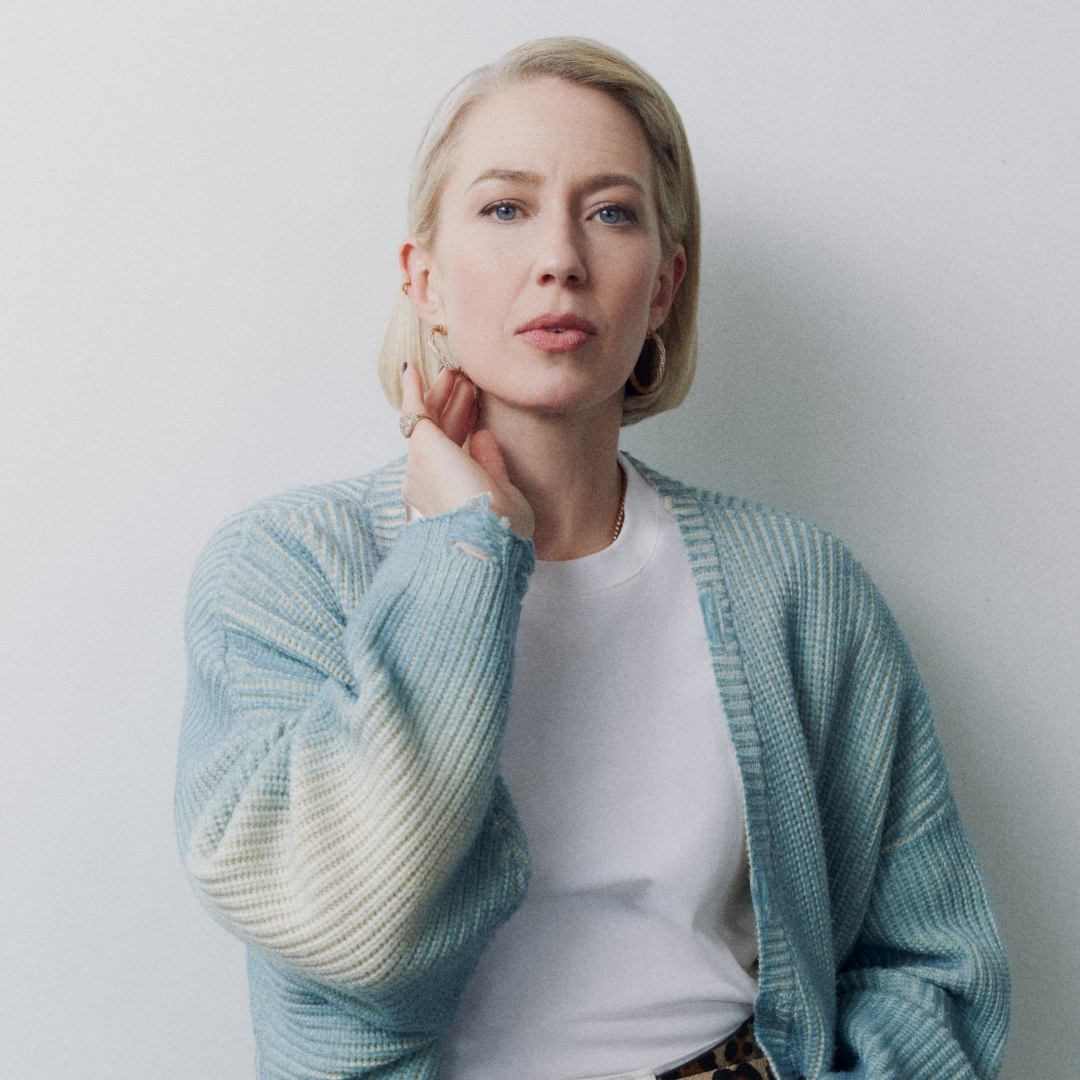 The Wild Ride of Carrie Coon
The Wild Ride of Carrie CoonLaurie's deep-set insecurities come to a head in episode 7 of 'The White Lotus,' allowing the actress to turn a "dark night of the soul" into an illuminating time.
By Jessica Goodman Published
-
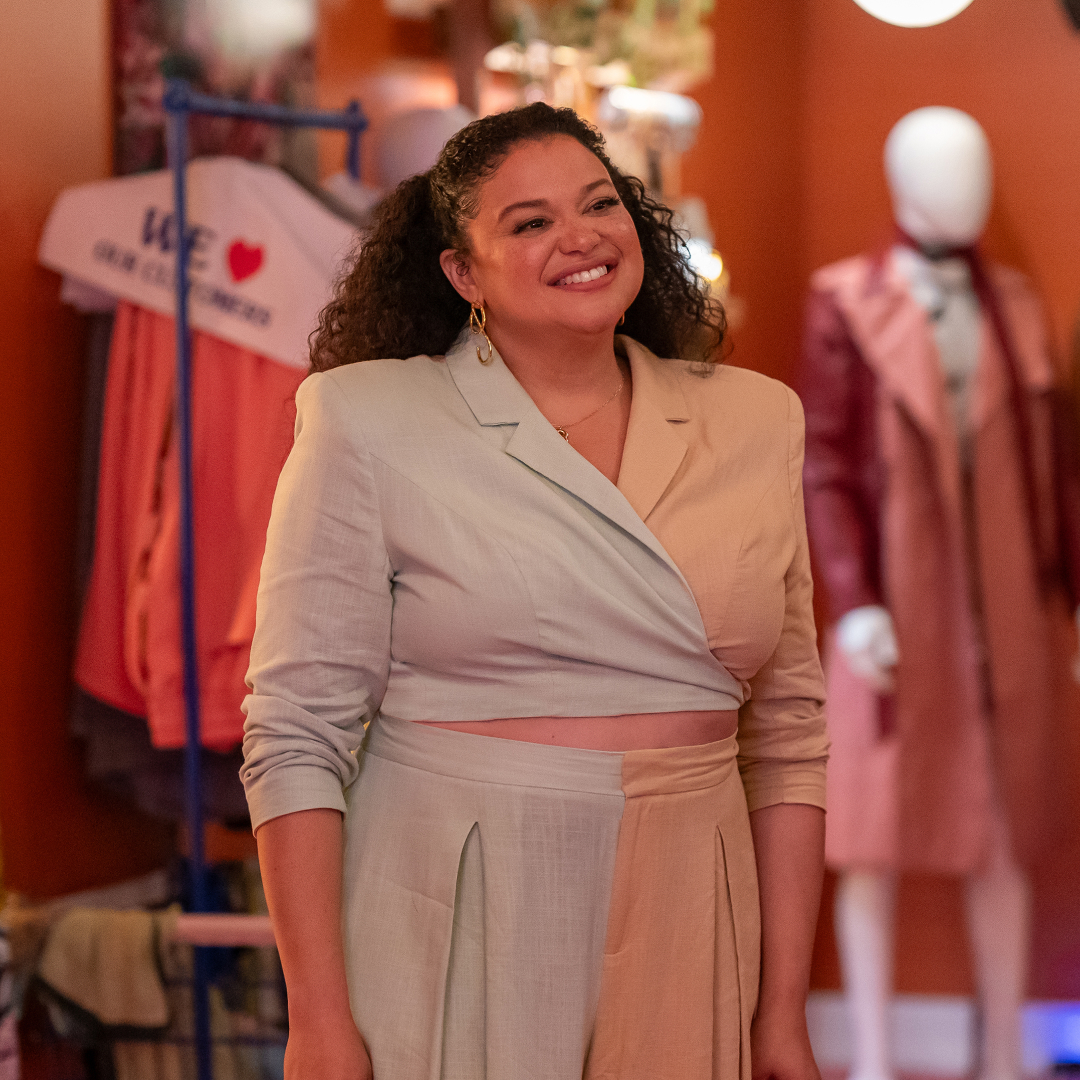 Meet the 'Survival of the Thickest' Season 2 Cast
Meet the 'Survival of the Thickest' Season 2 CastThere's so much to love about Michelle Buteau's Netflix comedy about a stylist looking for love and success.
By Quinci LeGardye Published
-
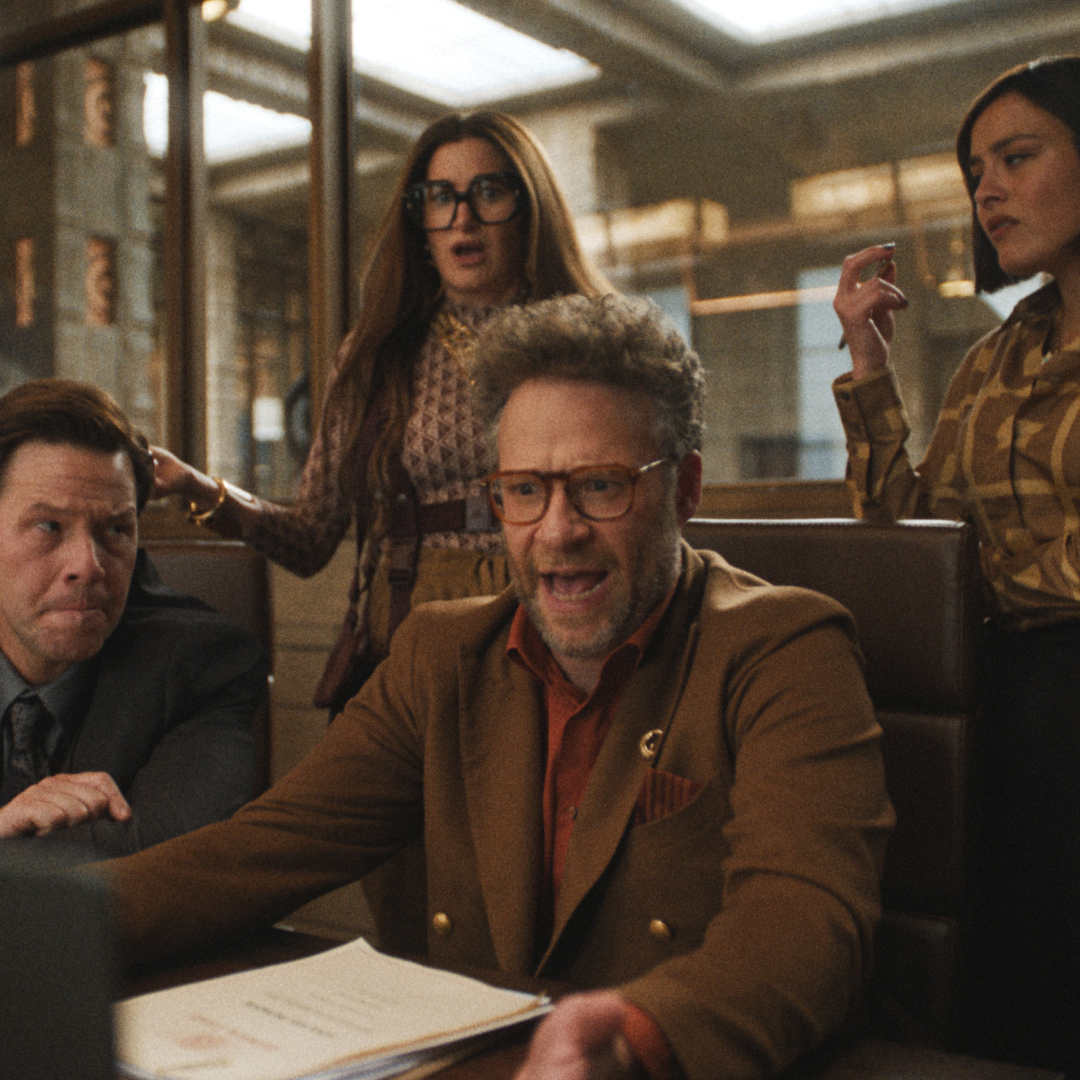 The Cast of 'The Studio': Your Guide
The Cast of 'The Studio': Your GuideThat's showbiz, baby!
By Quinci LeGardye Published
-
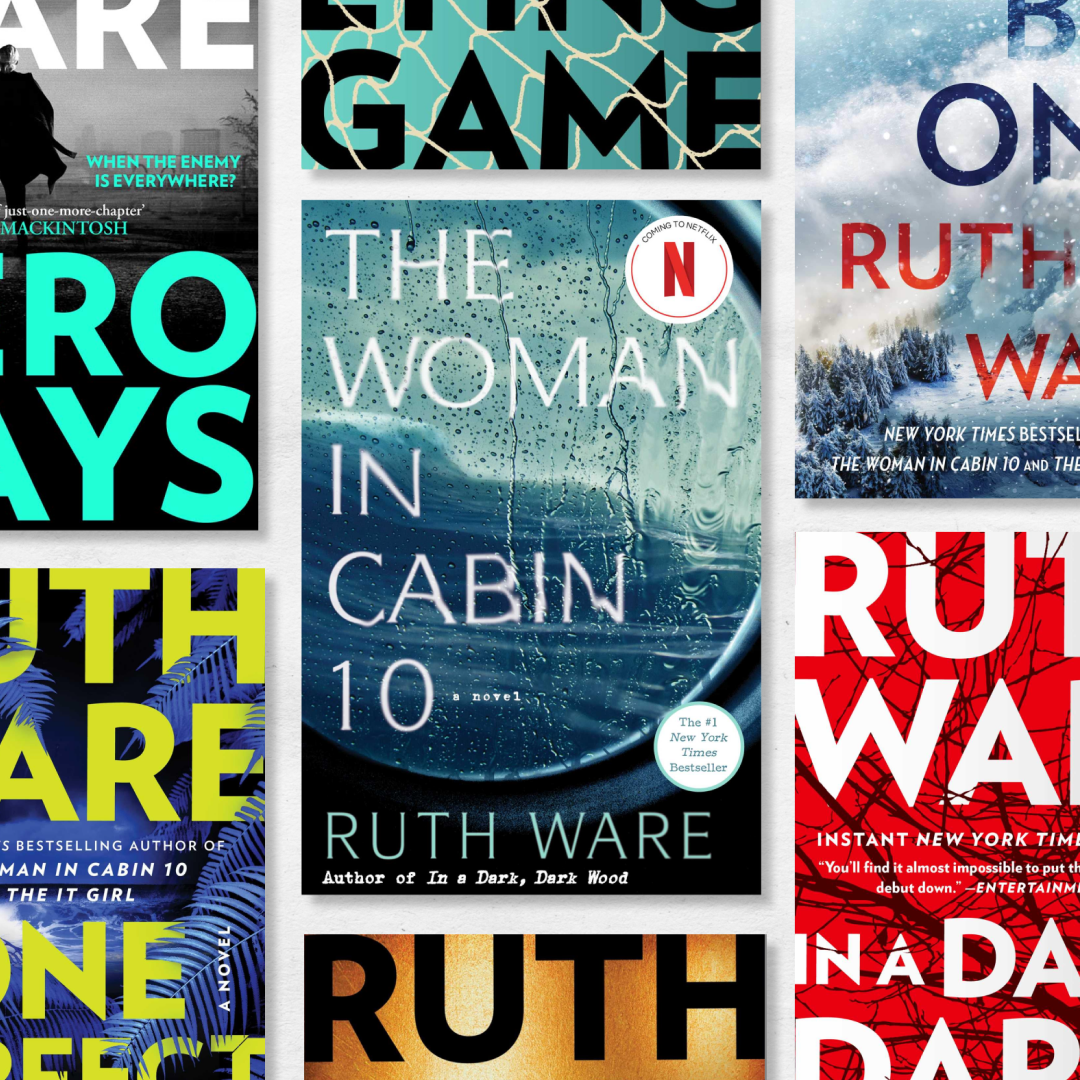 Every Ruth Ware Book, Ranked—From 'In a Dark, Dark Wood' to 'The Woman in Cabin 10'
Every Ruth Ware Book, Ranked—From 'In a Dark, Dark Wood' to 'The Woman in Cabin 10'Here's what you should read before her new thriller 'The Woman in Suite 11' hits shelves.
By Nicole Briese Published